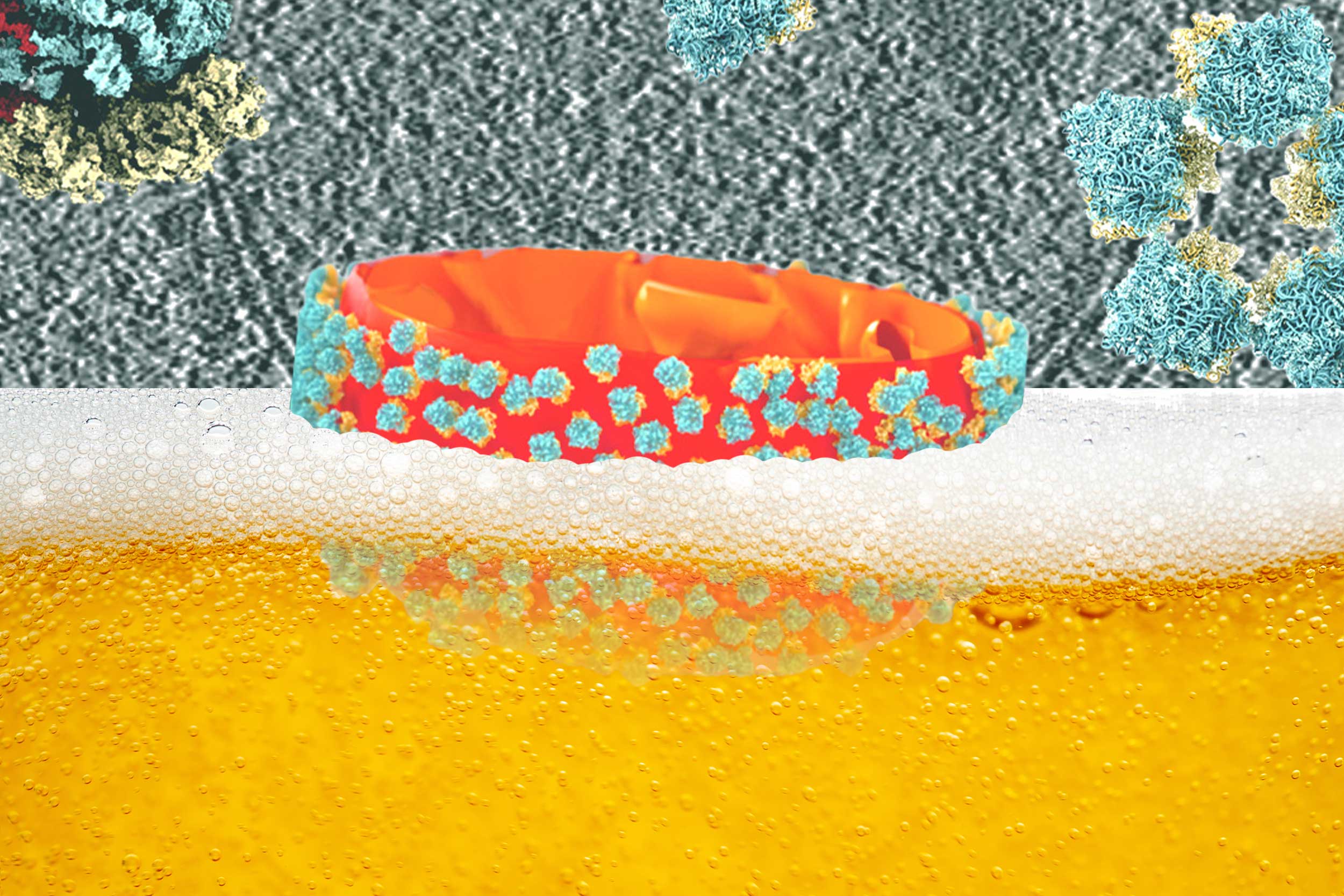Calls for Ukraine
Calls for Europe
Calls for USA

The discovery of a surprising way in which yeast used to brew beer can survive starvation could open the way to new methods of diagnosing and treating cancer.
The discovery, made by scientists at the University of Virginia School of Medicine and their colleagues at EMBL in Germany, reveals a never-before-seen adaptation that helps yeast cells enter hibernation when nutrients are scarce. This ability to hibernate during stress reflects the ability of cancer to survive the nutrient deficiencies that accompany the uncontrolled growth of cancer cells.
According to researcher Ahmad Jomaa, PhD, of the School of Medicine’s Department of Molecular Physiology and Biological Physics, the unexpected findings could lead to new strategies for seeing cancer cells and making them more vulnerable to starvation and easier to treat.
“In difficult situations, cells can take a breather by going into deep sleep to stay alive, and then at a later point they appear to just come back,” says Jomaa. “That’s why we need to understand the basics of adaptation to starvation and how these cells go into hibernation to stay alive and avoid death.”
S. pombe is a type of yeast that has been used for centuries to brew beer. But their similarity to human cells also makes them an invaluable research tool. By better studying S. pombe, we can better understand fundamental cellular processes in both healthy and cancerous cells.
Collaborating with Simone Mattei, PhD, and colleagues at EMBL, Jomaa and his team found that when yeast cells’ “power plants” shut down and go into sleep mode to avoid stress, they wrap themselves in an unexpected blanket. The surface of these “cellular power plants,” called mitochondria, is covered with deactivated ribosomes, cellular elements that normally make proteins.
The researchers were able to see at the molecular level how ribosomes attach to mitochondria using extremely powerful single-particle cryo-electron microscopy and cryo-electron tomography. They were surprised to find that the ribosomes attach “upside down.” This type of interaction had never been observed before and may help decipher the secret of how cells enter and awaken from a resting state. “We knew that cells try to conserve energy and fold their ribosomes, but we didn’t expect them to attach to mitochondria in an upside-down state,” says the researcher.
The new discoveries could have important implications for our understanding of cancer. Due to uncontrolled growth, cancer cells are constantly starved of nutrients, so they often go into a dormant state to survive and avoid detection by the immune system. Understanding how they do this could lead to new ways of targeting cancer cells to improve patient outcomes and prevent recurrence.
“In the next stages, we want to understand not only how cells regulate going into a resting state, but also how they awaken from this deep sleep. For now, we will use yeast because it is much easier to control. We are now also investigating this process on cultured cancer cells, which is a challenge,” says Jomaa.
Ultimately, I hope that my group’s research will lay the groundwork for the discovery of new markers to track dormant cancer cells. These cells are not easy to detect at diagnosis, but we hope our study will generate more interest and help us achieve our goal.”
The researchers published their findings in the scientific journal Nature Communications.
Please rate the work of MedTour
